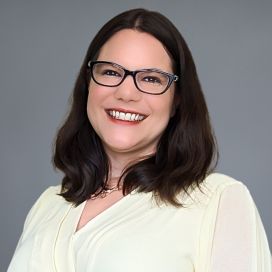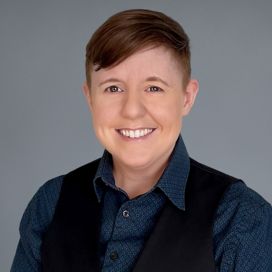Understanding Buprenorphine Access in Pharmacies

Problem
Understanding pharmacy policies is critical to improving patient access to buprenorphine, but there is no standardized way to collect this data.
NORC is working with the Johns Hopkins Bloomberg School of Public Health and Vital Strategies to better understand how pharmacy policies, like limits on ordering and dispensing buprenorphine, affect whether people can get the medication they need to treat opioid use disorder. The study looks at how these policies may prevent patients from filling prescriptions, even when they have licit orders from their doctors. By surveying pharmacists, this project aims to uncover barriers and identify practical solutions to help more people access this important treatment.
Buprenorphine is a proven, FDA-approved medication to treat opioid use disorder. There have been several recent policies to increase the number of providers who can prescribe buprenorphine, but it’s not clear how this increase affects pharmacists. At the same time, pharmacies have limits on how much buprenorphine a pharmacy can order or corporate policies that restrict dispensing. These limits are often unclear, vary widely, and are not tracked in public data. As a result, patients may leave the pharmacy without the medication they need, even when they have a valid prescription.
Understanding these policies is critical to improving patient access to buprenorphine treatment in pharmacies, but there is no standardized way to collect this data.
Solution
NORC and partners will survey pharmacists about policies that affect buprenorphine access and develop strategies that improve treatment access for opioid use disorder.
One of the biggest challenges in this study is understanding how pharmacy policies, like limits on ordering and dispensing buprenorphine, affect whether people can get the buprenorphine they need to treat opioid use disorder. These policies are often unclear and vary from one pharmacy to another, making them difficult to study. By surveying pharmacists, the project aims to identify practical solutions to help more patients access this important medication.
NORC is working with the Johns Hopkins Bloomberg School of Public Health and the nonprofit Vital Strategies to design and implement a web and mailed survey targeting pharmacists in seven states that are part of the Bloomberg Overdose Prevention Initiative. To encourage responses, NORC is using multiple survey formats and strong privacy protections. Meanwhile, Johns Hopkins and Vital Strategies are engaging stakeholders in each state, including pharmacy boards, health departments, and professional associations, to build support and ensure the survey reflects local realities. By focusing on states with the greatest need and working closely with local partners, the study is generating valuable insights that can inform better policies and help more people access life-saving treatment.
Result
Results from this study will help gain insights into how pharmacies are currently stocking and distributing buprenorphine.
The findings from this survey will help inform better policies and practices that ensure more people get the care they need.
Are You a Study Participant?
Questions about the survey? Experiencing technical difficulties? Contact us at:
Learn More
For more information about our funders’ commitment to opioid misuse prevention, visit:
Related Tags
Project Leads
-
Sabrina Avripas
Principal Research DirectorProject Director -
Martha McRoy
Senior Research MethodologistSampling Lead -
Erin Fordyce
Senior Research MethodologistMethodology Lead -
Elise Comperchio
Senior Research ScientistAnalytics Lead -
Ned English
Associate DirectorSenior Advisor on Sampling











